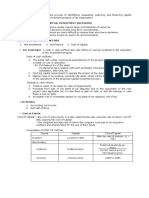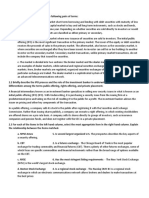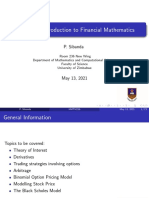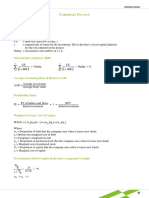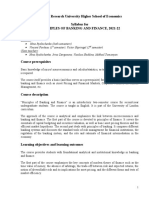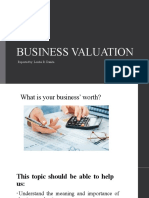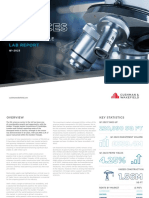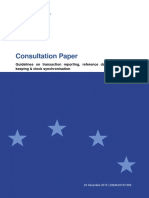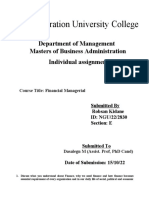0% found this document useful (0 votes)
85 views21 pagesLecture 01 - Overview of Valuation
The document outlines a lecture on valuation that introduces major investment decisions like project and enterprise valuation. It discusses key issues to consider in valuation like risks, financing, and earnings effects. The lecture also presents a case study on CP3 Pharmaceuticals evaluating a proposed new materials handling system through financial analysis of costs, savings, and returns.
Uploaded by
Danila GallaratoCopyright
© © All Rights Reserved
We take content rights seriously. If you suspect this is your content, claim it here.
Available Formats
Download as PPT, PDF, TXT or read online on Scribd
0% found this document useful (0 votes)
85 views21 pagesLecture 01 - Overview of Valuation
The document outlines a lecture on valuation that introduces major investment decisions like project and enterprise valuation. It discusses key issues to consider in valuation like risks, financing, and earnings effects. The lecture also presents a case study on CP3 Pharmaceuticals evaluating a proposed new materials handling system through financial analysis of costs, savings, and returns.
Uploaded by
Danila GallaratoCopyright
© © All Rights Reserved
We take content rights seriously. If you suspect this is your content, claim it here.
Available Formats
Download as PPT, PDF, TXT or read online on Scribd
/ 21





